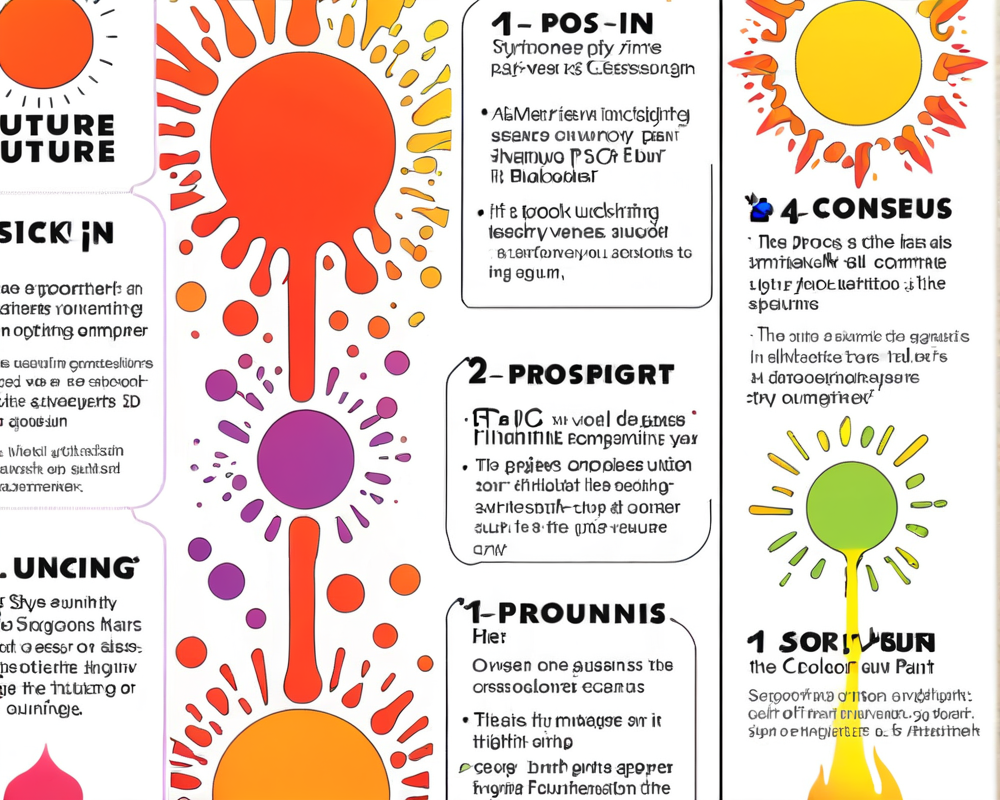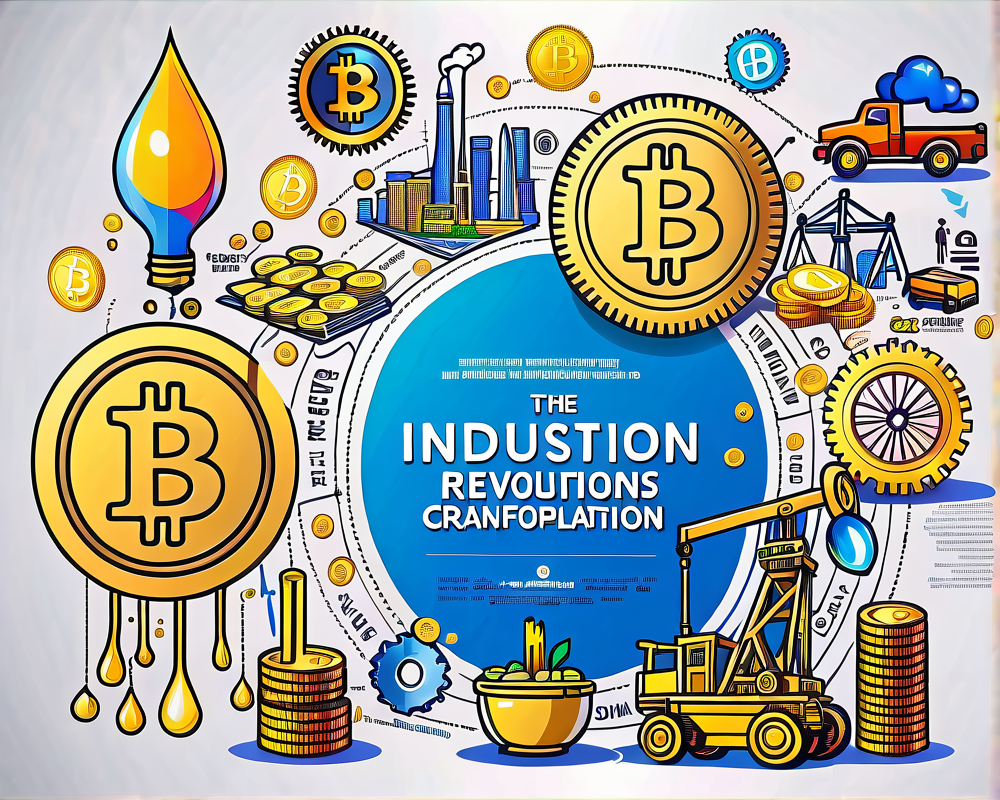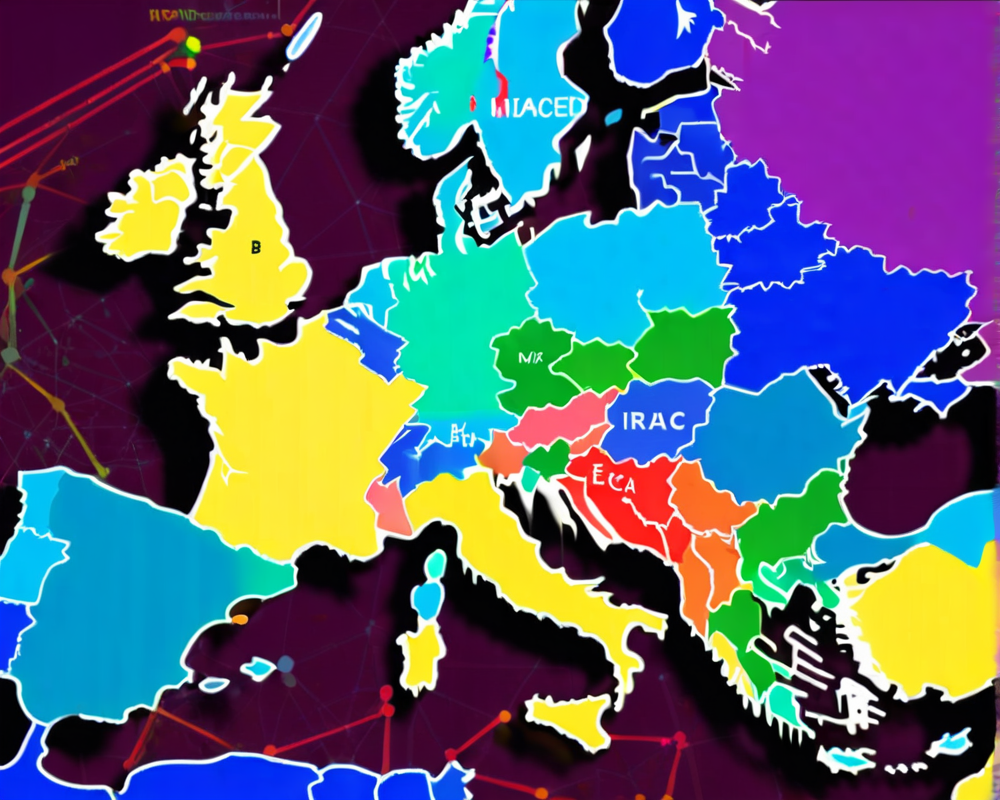The Quest for Consensus
Blockchain technology continues to evolve, and with that evolution comes an ongoing debate over which consensus mechanisms reign supreme. In the saturated market of blockchain solutions, we’re left with a myriad of options like proof-of-work and proof-of-stake. But what if there existed a hybrid—a consensus algorithm that encapsulates the best features of both? Enter: proof-of-burn.
What’s the Deal with Proof-of-Work?
Proof-of-work (PoW) has earned its stripes as the original algorithm that champions decentralization through computational rigor. Essentially, it’s a game where participants—miners, if you will—compete to validate transactions and produce new blocks by showcasing their computational heft. This proof isn’t just for show; it requires substantial upfront investment in hardware and energy, leading to environmental concerns. It’s like saying, “You want to fight in the blockchain arena? Better bench press a few servers first!”
Then Came Proof-of-Stake
Next in line was proof-of-stake (PoS), which flipped the script. It’s less about burning fossil fuels and more about financial commitment. Participants stake their tokens, assuming they won’t just go grab a quick buck. Here’s the catch: while the energy costs plummet, the security risks escalate. A malicious party needs only over 50% of the stakes to potentially control the network. Surprise! The game is not as fair as it seemed.
Enter Proof-of-Burn: The ‘Holy Grail’?
Now, let’s talk about proof-of-burn—a concept that’s stood at the fringes for too long, finally knocking on the mainstream’s door. This algorithm proposes a simple yet profound task: to validate a blockchain, miners must burn their tokens. That’s right! To play the game, you have to lose money upfront; instead of investing in hardware, you invest in your commitment by getting rid of precious coins.
Why Burn Tokens? Simple—Because It Works!
Imagine trying to execute a power grab on a blockchain using proof-of-burn. To do so, you’d need a significant amount of the token supply, and, oh by the way, you’d have already burned it! This upfront sacrifice ensures that the motives of any participant are immediately suspect should they try to undermine the consensus. No more couch-potato miners taking advantage of the system here!
The Benefits of Going with the Burn
- Security: The miner’s stake is in flames! Literally, they have nothing to recoup unless they win the consensus game.
- Accessibility: Unlike PoW, no expensive mining rigs are necessary. Just toss your coins into the bonfire and you’re in!
- Modular Upgradeability: Blockchain architects can tweak and upgrade functionalities without raising holy hell among users.
Token Economics Reimagined
Let’s spice things up a bit: the dynamics of token supply and demand shift in a system powered by proof-of-burn. Why? Because creating too many blocks could lead to diminishing returns.
The Wrap-Up: Is Proof-of-Burn the Future?
The blockchain ecosystem is still exploring what true decentralization means while maintaining efficiency. Proof-of-burn may not be the comprehensive one-size-fits-all solution, but it’s definitely an exciting contender that deserves a second look. In a world where security and decentralization often conflict, proof-of-burn lets us light up a path that could offer both, without leaving us singed.
In closing, remember that your choice of consensus algorithm is akin to choosing your team for the Hunger Games: choose wisely, or you might just find yourself in a fiery pit of despair.




